Xanthone Prickly Pear Oil Nanoemulsion
The prickly pear cactus, Opuntia ficus indica, belongs to the Cactaceae family and may be found in numerous deserts in Europe, Africa, and South America. It looks like a pear, but the forms, sizes, and colours vary based on the species and growing region. There are firm seeds within that can be eaten together with the leaves and fruit. They can be consumed fresh, as juice from the fruit, or cooked. It was previously used to treat high blood pressure, diabetes, high cholesterol, and obesity.
The chemical composition of edible cactus
Phenolic chemicals, Flavonoids, Tannins, Tocopherol, Betaxanthin, Betacyanin, and fatty acids such as Linoleic acid, Myristic acid, and Palmitoleic acid are the chemical components of edible cactus. Because the seeds are mostly made up of fatty acids like Linoleic acid, Oleic acid, Palmitic acid, and Stearic acid, they have antioxidant capabilities. (Anti-oxidation) shields the skin from damaging UV radiation. Anti-inflammatory (Anti-inflammatory) chemical that suppresses bacteria (Anti-bacterial). Cactus is used to treat type 2 diabetes in the form of meals or dietary supplements. It is utilized by Italian herbalists for its ability to reduce blood sugar. Lowers LDL cholesterol levels.
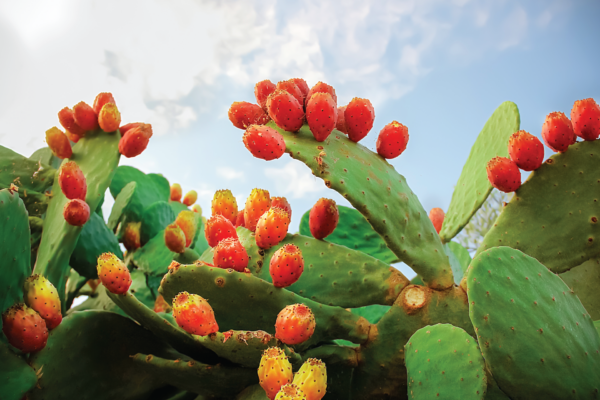
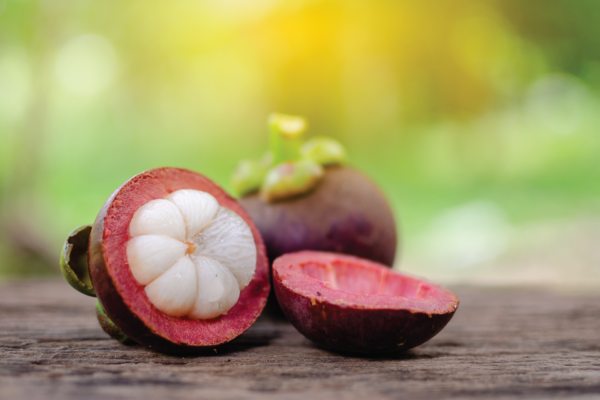
Xanthones from mangosteen peels
Xanthones derived from mangosteen peel. It is the essence that has a significant impact in antioxidants (Anti-oxidation) and inhibits bacteria that may cause acne (Anti-bacterial). It has anti-inflammatory actions (anti-inflammatory) and can suppress the quantity of tyrosinase enzyme in the process of melanin synthesis. Nano Emulsion Technology (Nanoemulsion) was created to improve the delivery system of key substances or pharmaceuticals into the body (Drug delivery system) and to raise the stability or stability (Stability) of vital substances. It is now utilised in the cosmetic, pharmaceutical, and/or food industries.
Application of Mangosteen Peel Extract together with edible Cactus Oil in Nanoemulsions in the Cosmetic industries
The use of nanoemulsion technology in the retention of xanthones and keratin oil, which helps to improve skin activity. Cactus oil is high in fatty acids, which aid in skin hydration, skin barrier restoration, elasticity restoration, and xanthones. Mangosteen peel has antioxidant capabilities (Anti-oxidation), anti-inflammatory characteristics (Anti-inflammatory), improves radiance (Whitening agent), and promotes collagen formation, as shown in Tables 1 and 2.
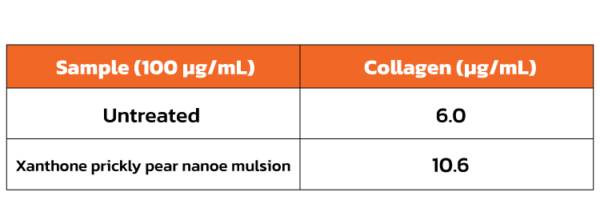
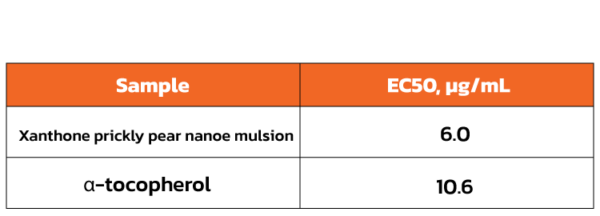
Properties of Mangosteen Peel Extract and Cactus Oil
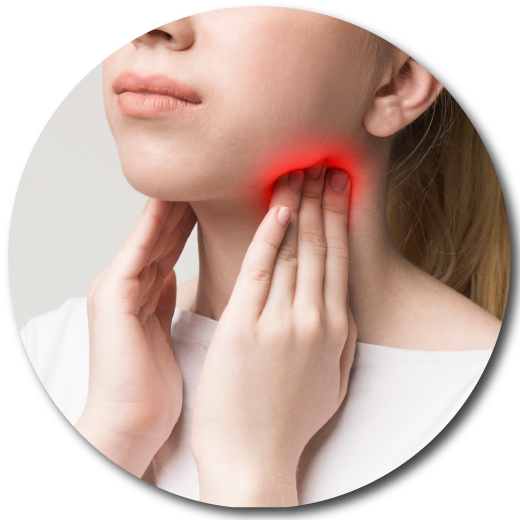
Anti-inflammatory
Pain relief anti-inflammatory
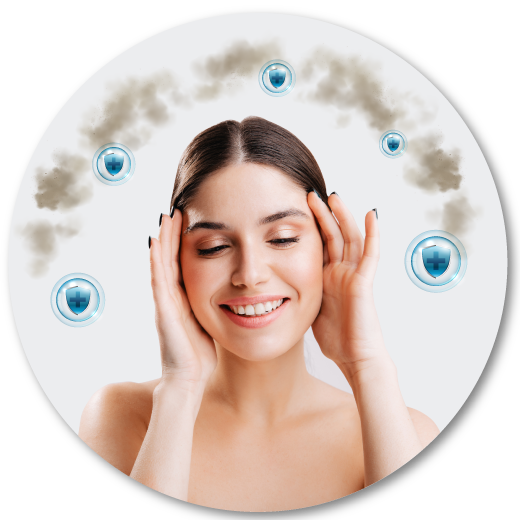
Skin barrier
Strengthen the skin’s protective barrier. from bacteria and dirt
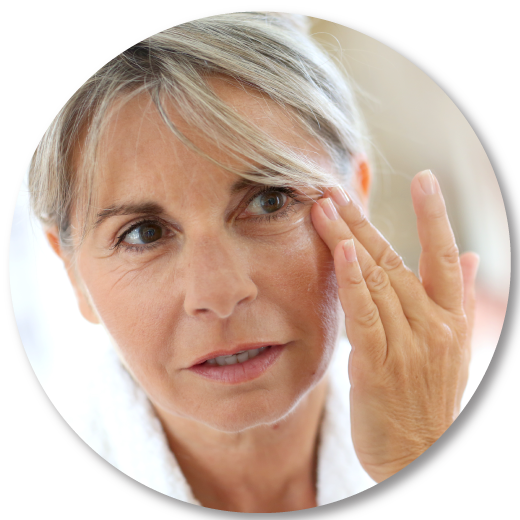
Anti-Aging
Restore skin health, reduce wrinkles, slow down the skin to look younger.
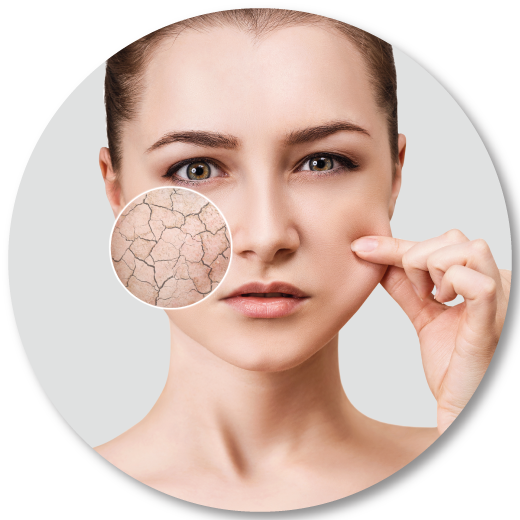
Skin Elastic
Solve sagging skin problems restore skin elasticity
Further development of research on extracts from mangosteen peel extracts together with edible cactus oil in Nanoemulsions.
The extract form is currently being developed. To raise the stability of the extract or the development of raw material sources extraction process and the process of generating goods that are stable and increase the effectiveness of the active components, a delivery system and products from edible cactus oil are being developed. In the development of research and natural extracts, TIBD now collaborates with major research institutes both locally and abroad, such as Japan and Brazil. However, if you are interested in co-investing in the form of research development, commercial patent development, or continuing to make product formulae under your brand, you may contact the firm through any channel.
Reference
López, A. D. (1995). Use of the fruits and stems of the prickly pear cactus (Opuntia spp.) into human food. Food Science and Technology International, 1(2-3), 65-74.
Salim, N., Abdelwaheb, C., Rabah, C., & Ahcene, B. (2009). Chemical composition of Opuntia ficus-indica (L.) fruit. African Journal of Biotechnology, 8 (8).
Butera, Daniela, et al. “Antioxidant activities of Sicilian prickly pear (Opuntia ficus indica) fruit extracts and reducing properties of its betalains: betanin and indicaxanthin.” Journal of agricultural and food chemistry 50.23 (2002): 6895-6901.
Retamal, N., Durán, J. M., & Fernández, J. (1987). Seasonal variations of chemical composition in prickly pear (Opuntia ficus‐indica (L.) miller). Journal of the Science of Food and Agriculture, 38 (4), 303-311.
Hegwood, D.A. (1990). Human health discoveries with Opuntia sp.(prickly pear). HortScience, 25(12), 1515-1516.
Ennouri, M., Evelyne, B., Laurence, M., & Hamadi, A. (2005). Fatty acid composition and rheological behavior of prickly pear seed oils. Food Chemistry, 93(3), 431-437.
Matthäus, B., & Özcan, M. M. (2011). Habitat effects on yield, fatty acid composition and tocopherol contents of prickly pear (Opuntia ficus-indica L.) seed oils. Scientia Horticulturae, 131, 95-98.


